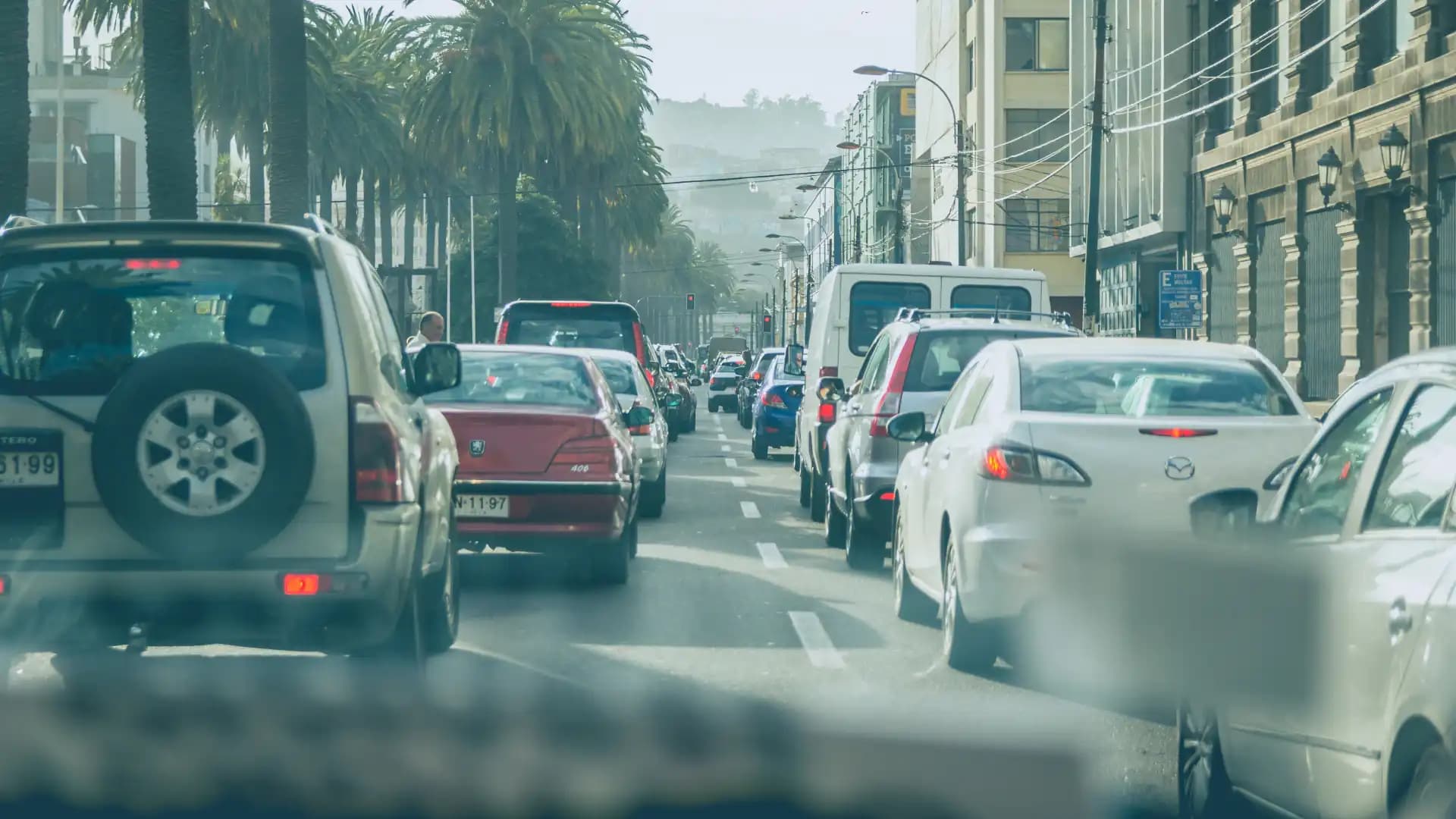Traffic congestion is one of the biggest issues facing our cities today. It can ruin your morning commute or have you running late for that important meeting, but can anything change it?
We discuss this inconvenience’s various causes and how to reduce traffic congestion through civil construction innovation.
Causes of Traffic Congestion
Bottlenecks
Bottlenecks are locations where traffic merges or the number of lanes reduces, causing a slowdown or complete stop. These bottlenecks can occur at intersections, highway ramps, or construction zones, often leading to significant congestion.
Accidents
Accidents are another common cause of traffic congestion, especially during peak hours. An accident can close a lane or block an entire road, causing traffic to back up for miles. Once cleared, traffic may remain congested due to the residual effects of the accident.
Roadworks
Roadworks, including repairs and maintenance, also contribute to traffic congestion. Construction zones often reduce the number of lanes available to traffic, slowing the flow and causing backups. Delays due to roadworks are especially frustrating for commuters already dealing with heavy traffic.
Inadequate public transportation
In cities where public transportation is inefficient or unavailable, people rely on cars to get around, leading to more vehicles on the road and increased congestion. Additionally, when public transit is not integrated or connected, it is difficult for commuters to switch between modes of transportation, further exacerbating congestion.
Methods for Reducing Traffic Congestion
Roadway expansion and construction
One of the most straightforward ways to reduce traffic congestion is to expand roadways or construct new roads to accommodate the growing number of vehicles on the road. This method can include adding new lanes, creating new highways or bypasses, or building new bridges and tunnels. However, roadway expansion can be expensive and disruptive to nearby residents and businesses, and it may only be a feasible solution in some cases.
Intelligent transportation systems (ITS)
ITS and traffic management technologies use real-time data to monitor traffic flow and optimise traffic signal timing, lane usage, and other factors. For example, this technology can adjust traffic signal coordination to prioritise traffic flow on major corridors during peak travel times.
Public transportation improvements
Improving public transportation options, such as expanding bus and train services or building new transit hubs, reduces the number of cars on the road and alleviates traffic congestion.
Encouraging alternative modes of transportation
Encouraging alternative modes of transportation, such as walking, biking, or carpooling, helps reduce traffic congestion. Cities can create bike lanes, pedestrian walkways, and carpool lanes to make it easier and safer for people to use these modes of transportation. Employers can also offer incentives for employees to carpool or use public transportation. Such incentives can include discounted transit passes or preferred parking for carpool vehicles.
Make Your Morning Commute a Little Quicker with TSL Group
Long commutes and unexpected delays won’t be going away anytime soon. However, companies such as TSL Group work around the clock to figure out new, innovative ways to reduce city traffic congestion. Get in touch today to learn what civil construction services TSL Group provides.


